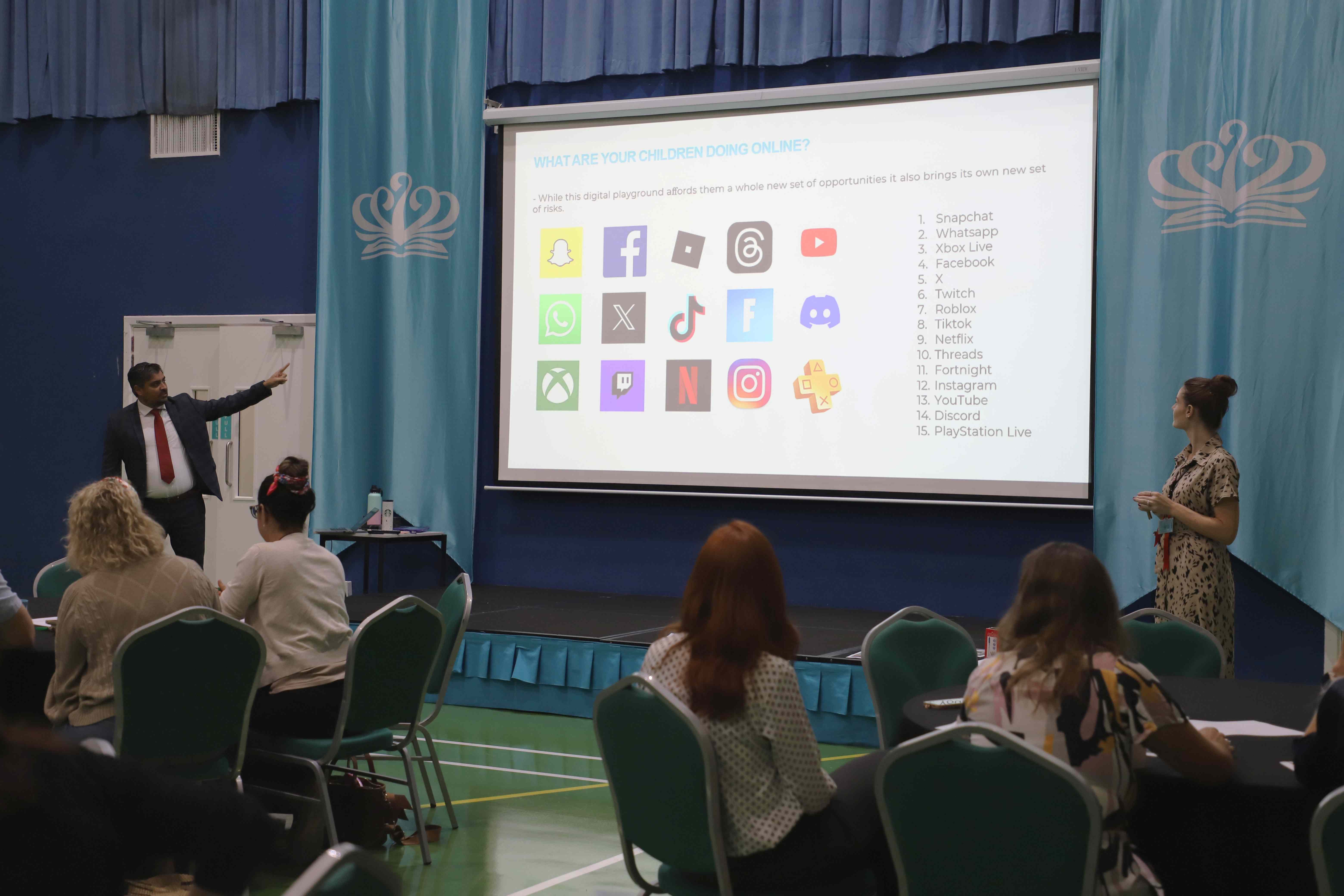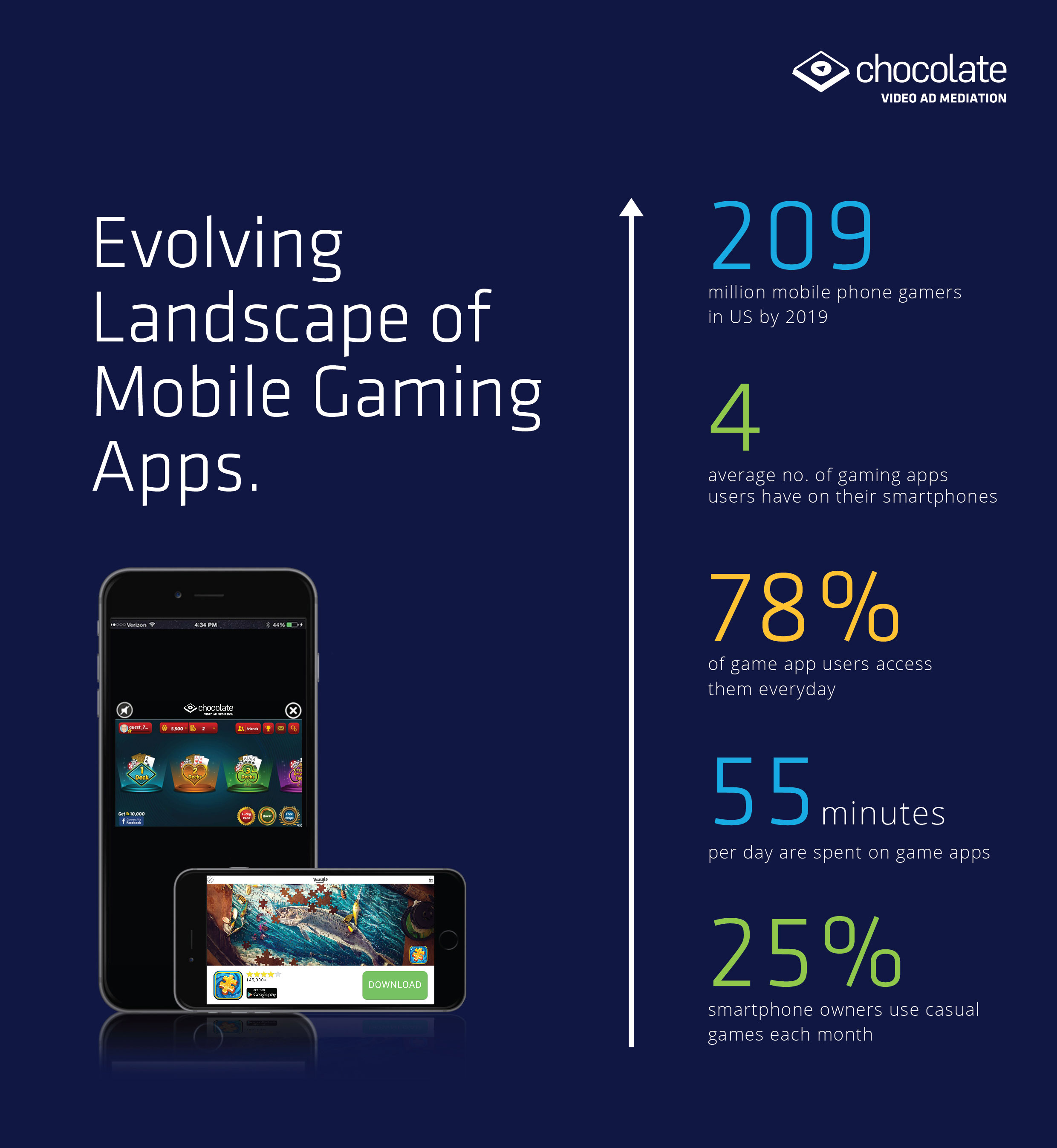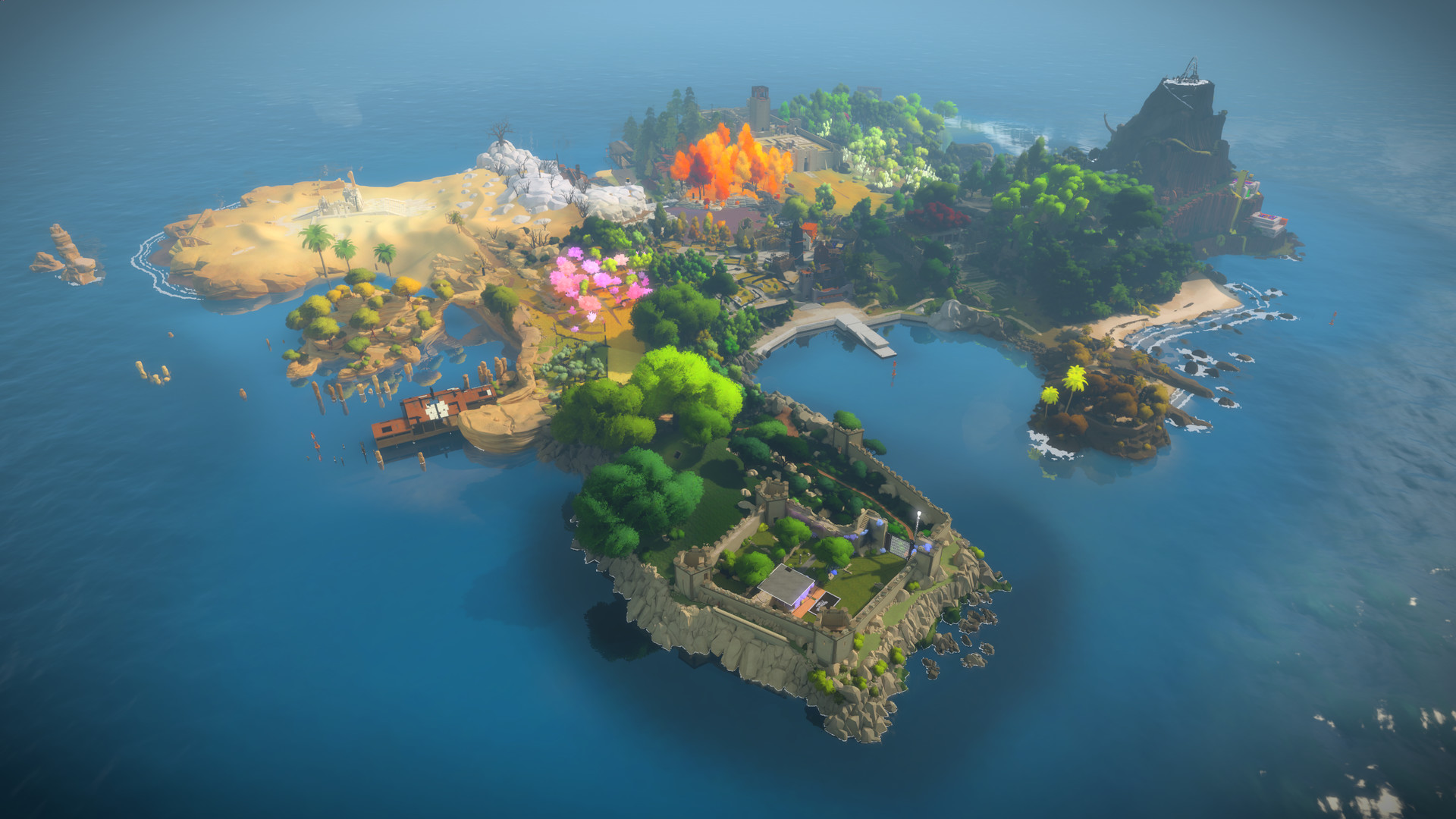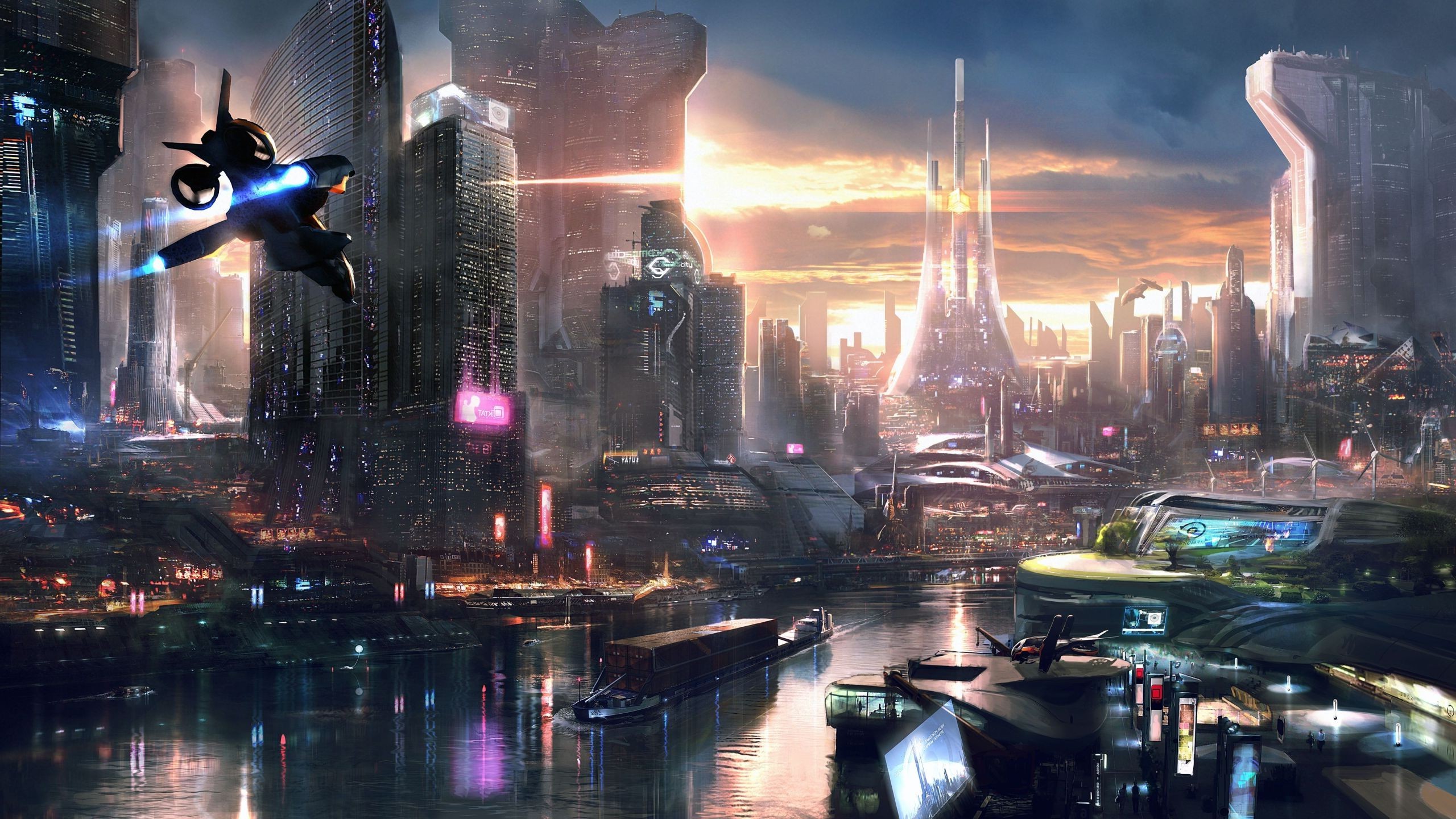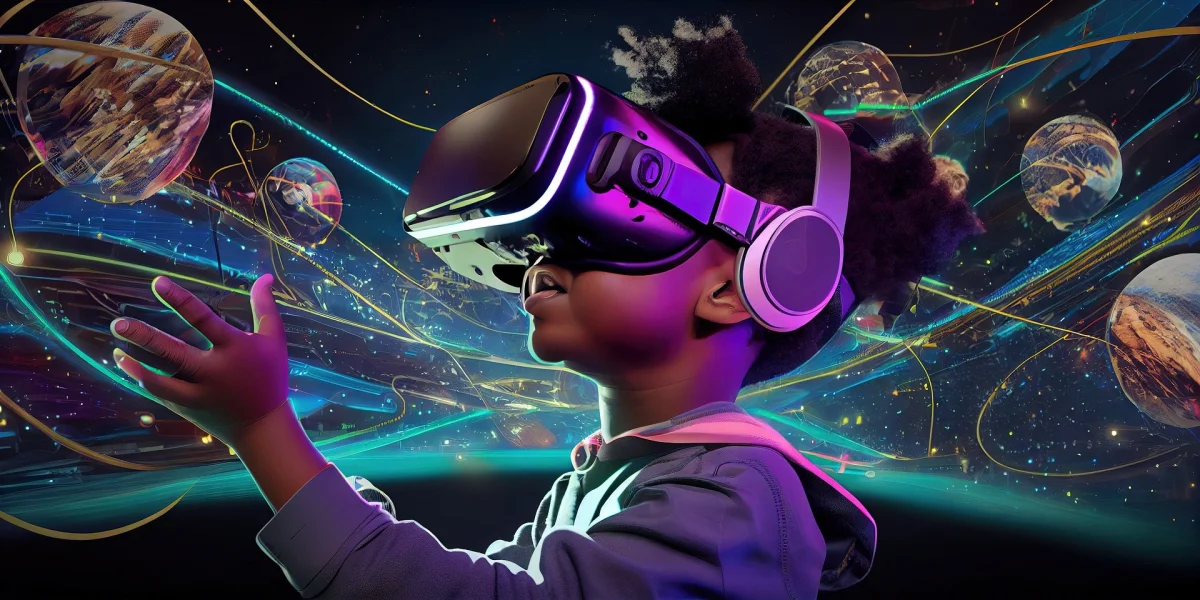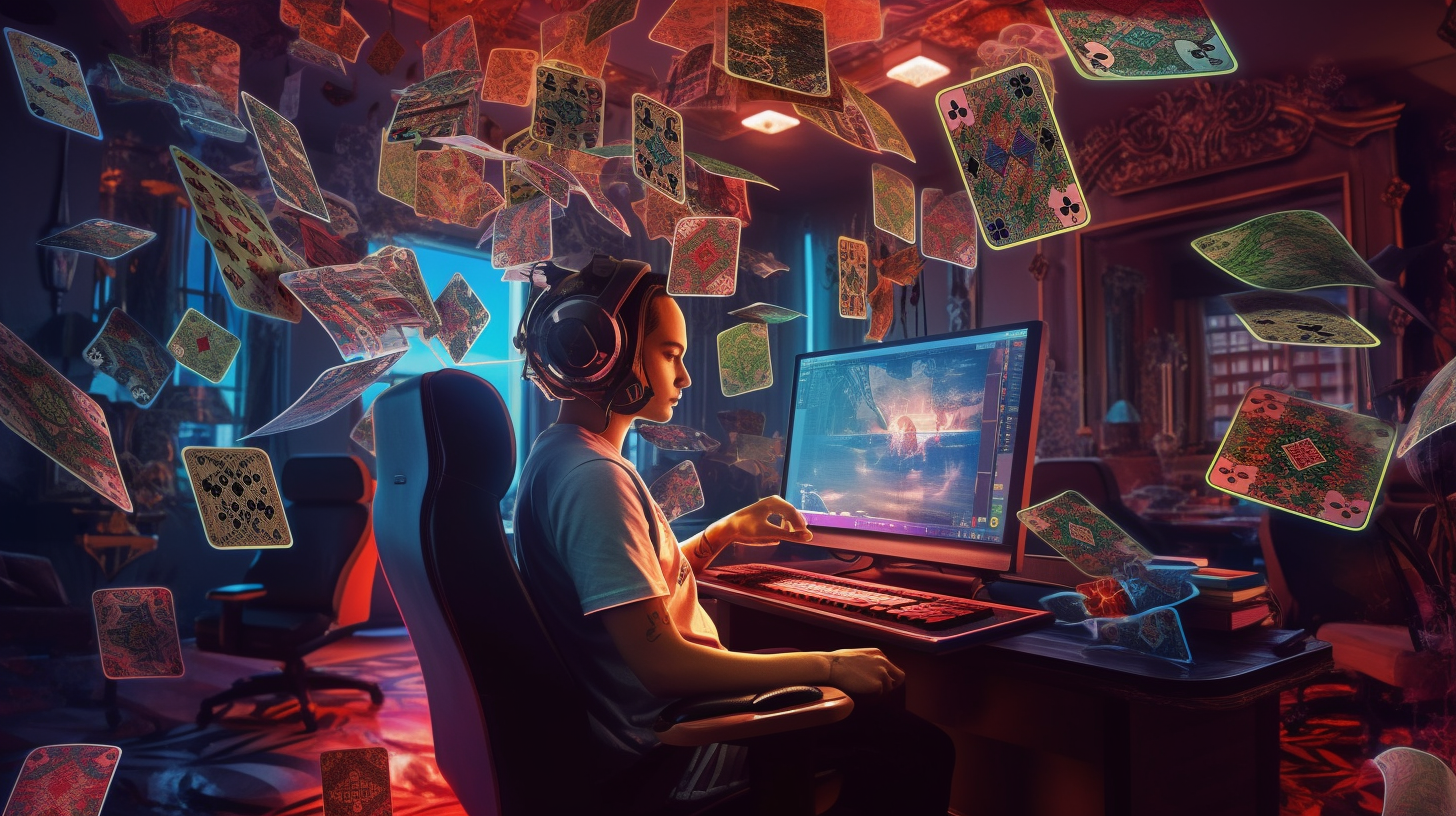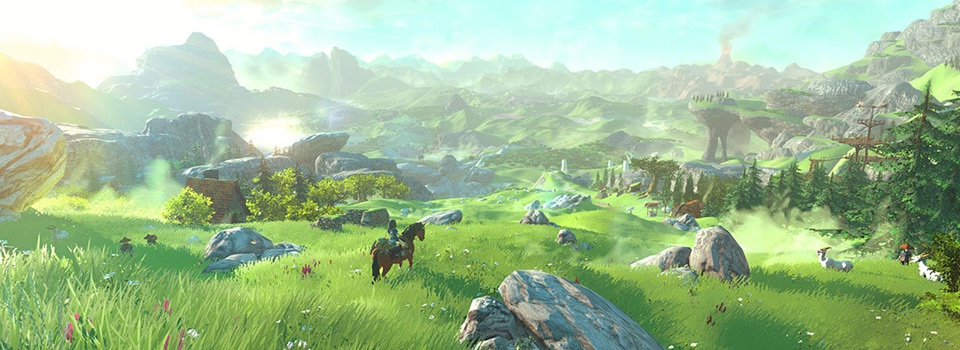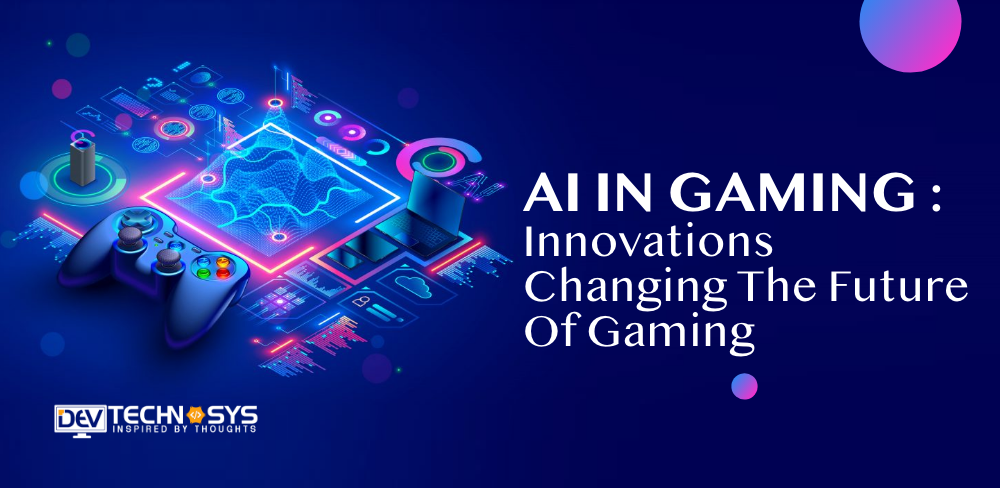The Future of Online Gaming: A Look at the Free-to-Play Landscape in 2025
Related Articles: The Future of Online Gaming: A Look at the Free-to-Play Landscape in 2025
Introduction
In this auspicious occasion, we are delighted to delve into the intriguing topic related to The Future of Online Gaming: A Look at the Free-to-Play Landscape in 2025. Let’s weave interesting information and offer fresh perspectives to the readers.
Table of Content
The Future of Online Gaming: A Look at the Free-to-Play Landscape in 2025

The online gaming landscape is in a constant state of evolution, with new technologies, trends, and business models emerging rapidly. One particular trend that has gained significant traction is the free-to-play (F2P) model. This model, where players can access and enjoy the core game experience without any upfront costs, has revolutionized the industry, making gaming accessible to a wider audience than ever before.
By 2025, the free-to-play model is poised to become even more dominant, shaping the future of online gaming in profound ways. This article explores the key trends, opportunities, and challenges that F2P games will face in the coming years, providing a comprehensive insight into this rapidly evolving sector.
The Rise of Free-to-Play: A Global Phenomenon
The free-to-play model has already achieved remarkable success, becoming the dominant business model in many regions, particularly in Asia. This surge in popularity can be attributed to several factors:
- Accessibility: Free-to-play games remove the financial barrier to entry, making gaming accessible to a wider audience, including players with limited budgets or those who are hesitant to invest in traditional paid games.
- Low Risk: Players can try out a game without any financial commitment, reducing the risk of investing in a game they might not enjoy. This allows for greater experimentation and discovery of new genres and experiences.
- Microtransactions: While the core game experience is free, F2P games often offer optional in-game purchases, such as cosmetic items, power-ups, or virtual currency. These microtransactions provide a revenue stream for developers, enabling them to sustain and continuously improve their games.
- Mobile Gaming: The rise of mobile gaming has further fueled the growth of F2P games, as the platform’s accessibility and affordability make it an ideal environment for this model.
Key Trends Shaping the F2P Landscape in 2025
The F2P landscape in 2025 will be shaped by several key trends:
- Increased Focus on Player Engagement: Developers will prioritize creating engaging and rewarding gameplay experiences to retain players and encourage them to spend on microtransactions. This will involve implementing sophisticated game mechanics, diverse content, and social features that foster player interaction and community building.
- Evolution of Monetization Strategies: Traditional microtransactions will evolve, with developers experimenting with new monetization models. Subscription services, in-game advertising, and dynamic pricing based on player behavior are some of the emerging strategies that will be explored.
- Rise of Esports and Competitive Gaming: F2P games will increasingly incorporate esports features, fostering competitive gameplay and attracting a dedicated community of players. This will involve creating dedicated esports modes, tournaments, and spectator features to enhance the competitive experience.
- Integration of Blockchain Technology: Blockchain technology is expected to play a significant role in the future of F2P games. This technology can facilitate secure and transparent transactions, enabling players to own and trade in-game assets with real-world value.
- The Metaverse and Virtual Reality: The emergence of the metaverse and virtual reality (VR) will open up new possibilities for F2P games. VR experiences, coupled with F2P models, can create immersive and engaging virtual worlds that foster social interaction and community building.
Opportunities and Challenges for F2P Games in 2025
The future of F2P games presents both opportunities and challenges:
-
Opportunities:
- Expanding Global Reach: F2P games have the potential to reach a wider audience than ever before, particularly in emerging markets where internet access and smartphone penetration are increasing rapidly.
- New Revenue Streams: The evolving monetization strategies discussed earlier offer new avenues for developers to generate revenue and fund the development of innovative games.
- Enhanced Player Engagement: Advanced game mechanics, social features, and esports integration can create deeper and more engaging experiences for players, leading to greater player retention and satisfaction.
- Technological Advancements: The integration of blockchain technology and the rise of VR can create immersive and engaging experiences that redefine the boundaries of online gaming.
-
Challenges:
- Maintaining Player Engagement: In a competitive market, retaining players and preventing churn will be a critical challenge. Developers will need to constantly innovate and provide fresh content to keep players engaged.
- Balancing Monetization and Gameplay: Developers will need to strike a delicate balance between monetization strategies and the core gameplay experience. Excessive reliance on microtransactions can alienate players and damage the game’s reputation.
- Addressing Ethical Concerns: The use of microtransactions and loot boxes has raised ethical concerns regarding predatory gaming practices. Developers will need to address these concerns and implement responsible monetization strategies that prioritize player well-being.
- Navigating Regulatory Landscapes: The growing popularity of F2P games is attracting regulatory scrutiny, particularly regarding loot boxes and other monetization practices. Developers will need to navigate these evolving regulations to ensure compliance and maintain a sustainable business model.
FAQs about Free-to-Play Games in 2025
-
Q: Will all games be free-to-play in the future?
- A: While the F2P model is expected to become even more dominant, traditional paid games will likely continue to exist. The future of gaming is likely to be a diverse landscape where both models coexist and cater to different player preferences.
-
Q: How will developers ensure that F2P games are fair and balanced?
- A: Developers will need to implement robust game design principles that ensure fairness and prevent pay-to-win scenarios. This will involve creating balanced gameplay mechanics, providing opportunities for players to progress through skill and effort, and ensuring that in-game purchases do not provide an unfair advantage.
-
Q: What are the ethical considerations surrounding microtransactions and loot boxes?
- A: There are concerns that microtransactions and loot boxes can be predatory, particularly for vulnerable players. Developers need to implement responsible monetization strategies that prioritize player well-being, such as transparent pricing, clear information about the odds of obtaining rare items, and options for players to limit their spending.
-
Q: How will blockchain technology impact F2P games?
- A: Blockchain technology can facilitate secure and transparent transactions, enabling players to own and trade in-game assets with real-world value. This can create new economic opportunities within the game and foster a sense of ownership and value for players.
Tips for Developers Creating Free-to-Play Games in 2025
- Focus on Player Engagement: Prioritize creating engaging and rewarding gameplay experiences that foster player retention and encourage them to spend on microtransactions.
- Develop Innovative Monetization Strategies: Experiment with new monetization models, such as subscription services, in-game advertising, and dynamic pricing, to diversify revenue streams and enhance player engagement.
- Embrace Esports and Competitive Gaming: Incorporate esports features into games to attract a dedicated community of players and foster competitive gameplay.
- Explore Blockchain Technology: Investigate the potential of blockchain technology to create secure and transparent transactions, enabling players to own and trade in-game assets with real-world value.
- Consider the Metaverse and Virtual Reality: Explore the possibilities of creating immersive and engaging VR experiences that leverage the F2P model to create virtual worlds that foster social interaction and community building.
Conclusion
The future of online gaming is inextricably linked to the free-to-play model. By 2025, F2P games are expected to dominate the landscape, shaping the industry in profound ways. While this model presents significant opportunities for developers to reach a wider audience and generate revenue, it also poses challenges in terms of maintaining player engagement, balancing monetization with gameplay, and addressing ethical concerns. Developers who can navigate these challenges and embrace the evolving trends will be well-positioned to thrive in the dynamic and competitive world of F2P gaming.




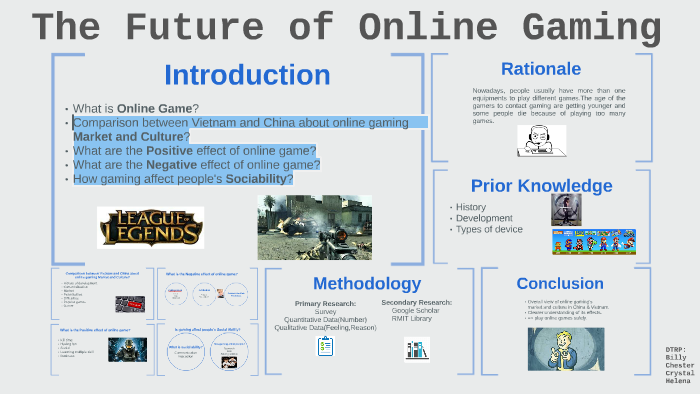



Closure
Thus, we hope this article has provided valuable insights into The Future of Online Gaming: A Look at the Free-to-Play Landscape in 2025. We appreciate your attention to our article. See you in our next article!




.jpeg?format=1500w)



